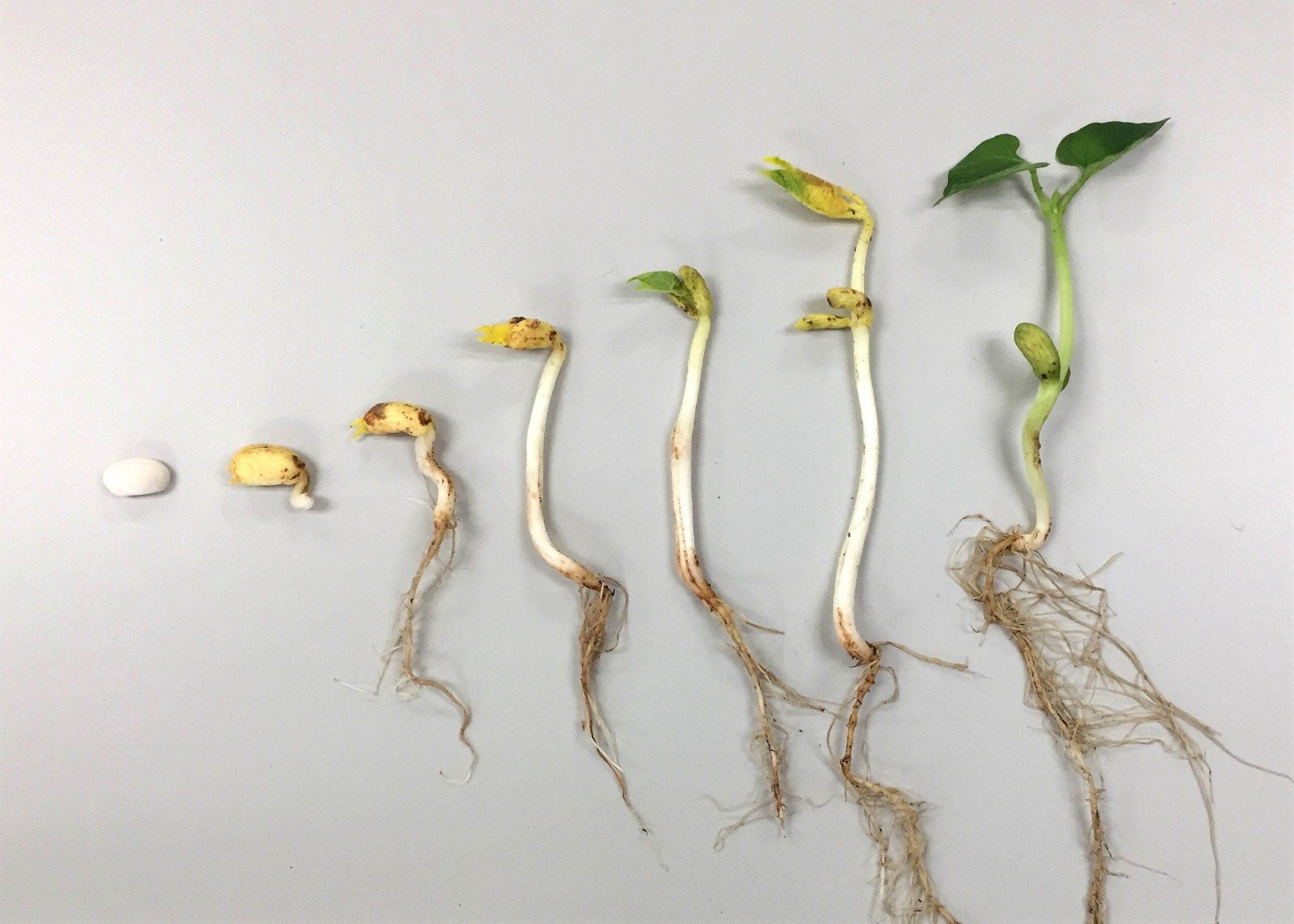“Minga” comes from the Quechua word “minka,” which alludes, in this language native to the Peruvian Andes, to an old tradition of collective work for the benefit of society as a whole and the quality of life within it. In the Colombian context, marches, protests, and mobilizations seeking the vindication of rights are known as “mingas.”
See →.
Vicuña spells the Spanish word “siembra” as “Si(h)embra.” The reason, as she herself explains, is that “‘siembra’ means ‘please plant.’ But if you open it up, it means ‘sí, hembra.’ It is saying, ‘yes, woman.’ So to plant is to say yes to the feminine, to the life force of this earth.”
See →.
See →.
See →.
See →.
These alliances between public and private powers that openly flout law, science, and ethics in order to make water into a commodity are known as “hycrocracies.”
“22 October. Resolution definitively and specifically titling the location of the land restored to the Yaqui tribe in the state of Sonora, Mexico,” Official Journal of the Federation (Mexico), 1940.
Enrique Francisco Pasillas Pineda, “Námakasia o firmeza: Hacer las paces desde la experiencia de la tribu Yaqui” (Namakasia or firmness: Making peace from the experience of the Yaqui tribe) (PhD diss., University of Granada, 2018) →.
Translated from the Spanish by Ezra E. Fitz.
